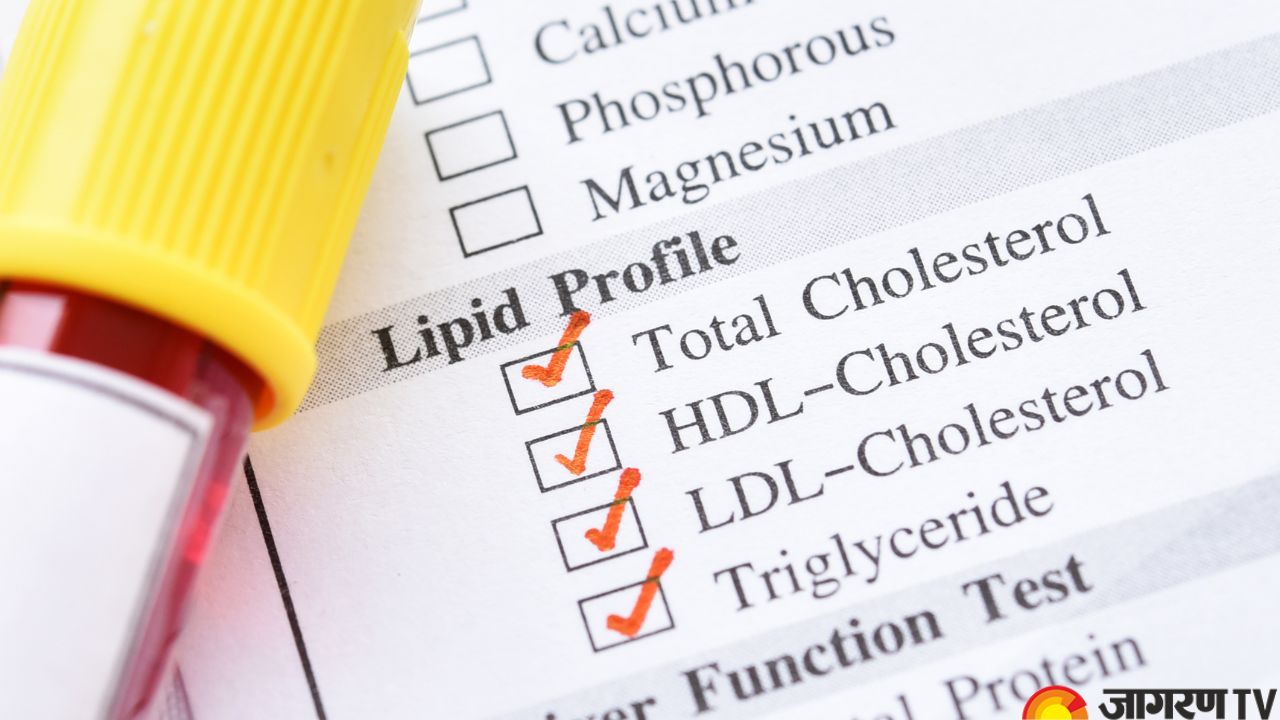Over 10 Types of Smiles On Each Face, Know What They Indicate and How to React

Types of Smiles: Smiles are like a universal language that people all over the world use to express various emotions. They can express happiness, joy, and even humor, but they can also conceal emotions such as sadness or deception. When we communicate with one another, we are able to share our thoughts and emotions. A smile is one way we communicate without using words, and it can help bridge cultural differences. You may have noticed how someone's face changes when you speak with them, and their gestures can reveal a lot about what they're thinking. However, a smile can significantly alter the way we interact with one another.
Let us decode the philosophy of various types of smiles, what they indicate, and how you should react in particular situations.
Different Types of Smiles and Their Meaning
Duchenne Smile
The Duchenne smile is an honest, passionate smile that involves both the mouth and the eyes, exuding sincerity and satisfaction. It represents genuine enjoyment, warmth, and honesty. Respond to a Duchenne smile with a genuine smile of your own to reciprocate the good emotion and establish a relationship.
Dampened Smile (Fake Smile)
A dampened smile is one that is forced or false that lacks true warmth and excitement. It frequently implies that the individual is suppressing their genuine emotions or conforming to societal conventions. Pay attention to their needs and, if required, give help or understanding.
Flirtatious Smile
A flirty smile is distinguished by its playful and seductive attitude, which is frequently accompanied by coy eye contact. It denotes romantic interest, attraction, and a desire to participate in romantic or sexual activity. If you’re interested, you may respond with a warm grin, or you can politely acknowledge it if you’re not, or you can easily avoid interacting with the person again.
Creepy Smile
A creepy smile is distinguished by its disconcerting, too broad, or fixed aspect, which frequently appears false or unpleasant. It has the potential to be viewed as suspicious, unsettling, or even menacing. When confronted with a scary smile, continue with caution or just run.
Fear Smile
Fear smiles are tight and apprehensive expressions that are frequently accompanied by a faint or shaky grin. It expresses fear, concern, or discomfort in a certain scenario. Responding to a fear smile is providing comfort, understanding, or aid to make the fear go away.
Miserable Smile
A gloomy grin is one that does not reach the eyes and conveys sadness or dissatisfaction despite its outer look. It shows that the individual is attempting to conceal their genuine emotions, maybe in order to avoid burdening others or to maintain a façade. Show empathy and support in return, providing a listening ear to address their underlying worries.
Angry-Enjoyment Smile
The angry-enjoyment smile mixes fury with happiness, with a smile that defies anger. It indicates a complicated emotional state, potentially containing conflicted sentiments or a desire to conceal anger. Approach with caution, since the person may be undergoing inner turmoil. Communicate openly and non-confrontationally.
Contempt Smile
A contempt smile is distinguished by a one-sided, scornful face, which is frequently accompanied by a subtle head tilt. It denotes contempt, superiority, or the feeling that one is superior to others. Consider addressing the underlying issue or disagreement that is producing distaste, but do it diplomatically.
Qualifier Smile
A qualifier grin is a cautious, timid smile that conveys a sense of trepidation or doubt. It implies that the individual is not entirely committed to or confident in their solution. Encourage open dialogue and offer assistance so that they may express themselves more freely.
Embarrassed Smile
An embarrassed smile is a self-conscious expression characterised by flushing and turning away. It expresses dissatisfaction or shame in reaction to a circumstance or statement. It could be anything, if you just heard something unpleasant, or are with your friends whom you want to disown, or just being in a conversation with your relatives.









